The SRK 400 is QJMotor’s most premium offering in the country and also our only option in so far as 400-cc naked twins are concerned.
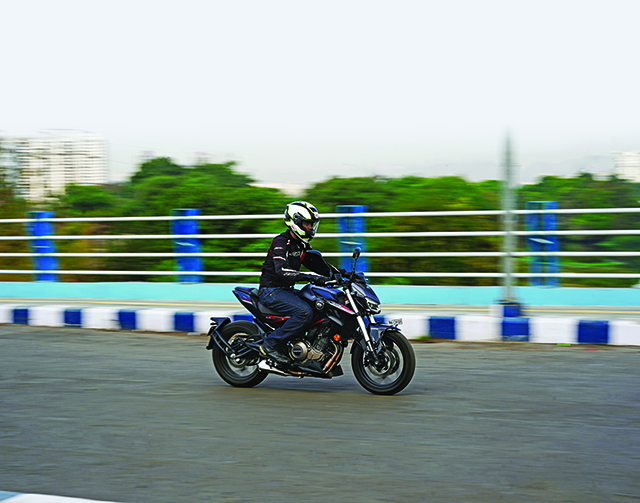
Story: Joshua Varghese
Photography: Apurva Ambep
Although they showcased many motorcycles at the Auto Expo 2023, QJMotor’s current portfolio in India is rather limited. What you see in these pictures is the SRK 400, the firm’s most premium motorcycle on sale. Furthermore, it also gets slotted into a niche segment in the market because it is the only 400-cc, naked, parallel-twin motorcycle one can buy at present. We spent some time astride this motorcycle to see if it has enough charisma to rule the roost like its Bollywood namesake and here are the results.
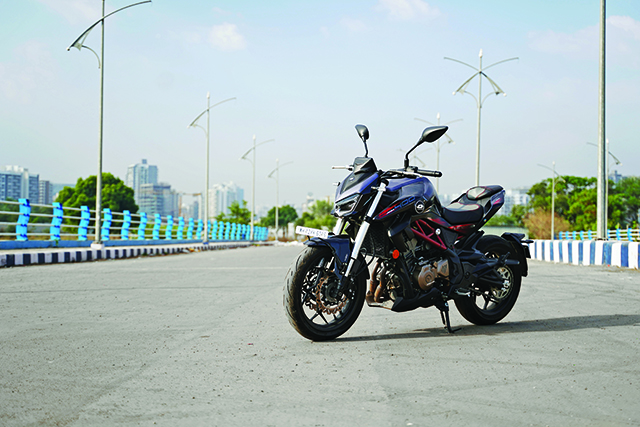
Most people would conjure an image of angry and angular motorcycle when they hear “400-cc twin-cylinder” and QJMotor’s designers have met those expectations. The aggression begins at the headlight which is enclosed in an equally menacing cowl and the theme is carried on by the plastic bodywork followed by a fuel-tank of good proportions. The tail-end is slim and comparatively ordinary, ending in a minimal tail-light. The exposed trellis frame adds a nice contrast, particularly on the right-hand side where the monoshock is mounted (reminiscent of a certain Italian manufacturer that QJMotor took over). The underbelly exhaust and dual-tone finish on the engine further add to the SRK’s visual appeal. Meanwhile, the 17-inch wheels at either end round off its mean stance.
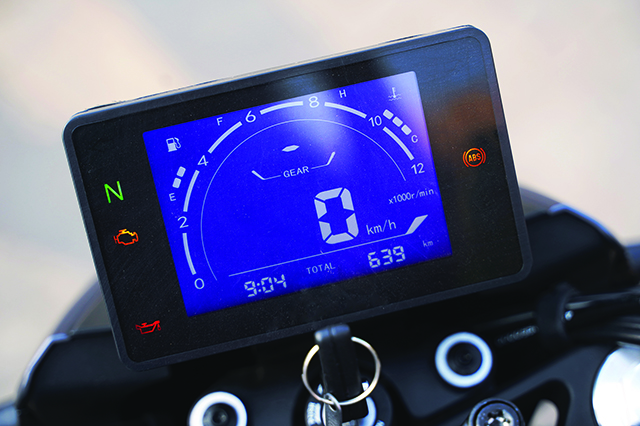
Other than dual-channel ABS, the SRK 400 does not feature any riding aids. It is a simple motorcycle by modern standards and its instrument cluster matches its basic nature. Instead of a colour TFT or a similarly fancy display, a simple reverse LCD unit does duty here. Although all the essential information gets displayed on the main screen in a clutter-free arrangement, it does not match the motorcycle’s premium placement in the modern marketplace. The riding position, on the other hand, has been thought through rather well. The rider’s seat is 785 millimetres off the ground and tapered quite well to remain accessible to a large number of motorcyclists. It is plush in terms of padding and that is easily complemented by the easy reach to the handlebar as well as the position of the foot-pegs. During my time with this motorcycle, “discomfort” was not a word that came to mind throughout but it could be considered when asked to describe the small and firm pillion seat. Being quite simple in operation, the switchgear is also the traditional fare and the level of quality all around is consistent with the expectations of its segment.
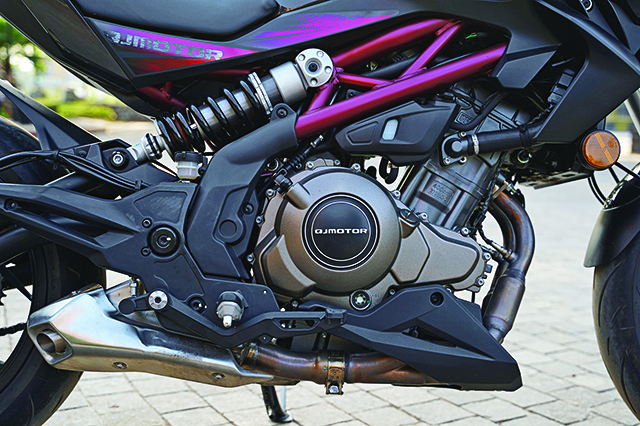
The SRK 400’s engine does hint at its Benelli heritage, but this is a larger unit. It is a 400-cc, eight-valve, liquid-cooled, parallel-twin motor that dishes out a reasonable 40.9 hp at 9,000 rpm and a peak torque of 37 Nm at 7,500 rpm. The tachometer needle’s race to the red-line is relayed best by the underbelly exhaust because it does an excellent job of creating a sonorous soundtrack; good enough to be one of the most memorable aspects of this motorcycle. It significantly adds to the riding experience. When working through the six-speed transmission at good pace, the exhaust note is exciting during the upshifts but slightly more enthralling while downshifting thanks to the occasional pops and crackles.
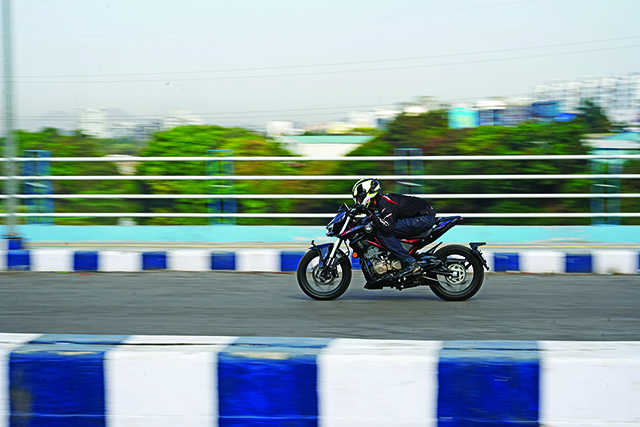
The engine’s state of tune does not match the aggressive styling of the motorcycle. Although the SRK 400 gathers pace rather well, it is not particularly quick or fast. The acceleration is enjoyable yet mellow rather than brutal and that makes this motorcycle extremely usable in the city. There is enough torque at the low end and most of it is available towards the beginning of the mid-range, giving the rider enough firepower to pull off overtakes on demand. Refinement level is also impressive with the slightest vibrations appearing only past 6,000 rpm.
Tipping the scales at 186 kilograms, the SRK 400 is rather heavy but the heft is noticeable only at very low speed. It never made me conscious of its weight in town and riding it in heavy traffic did not require any special effort. A USD fork manages suspension at the front while the rear is taken care of by an offset monoshock. QJMotor has set it up rather well because it returns a plush ride in town while being capable of good fun in the corners. The motorcycle responds well to steering input and turns in easily. Holding the line through the rest of the curve is also well within its capabilities. Its sweet spot is around 6,000 rpm and at that pace it offers a relaxing ride on the highways at triple-digit speeds and glides around corners smoothly. Braking is handled by 260-mm twin discs at the front and a single 240-mm disc at the rear along with the safety of dual-channel ABS. The front brake lever seems rather bulky but it is adjustable for reach and also offers decent feedback. The sheer stopping power of the twin discs and the grip of the Maxxis Supermaxx Sport tyres provide the confidence and stability needed during hard braking.
Political bias and prejudice apart, the QJMotor SRK 400 is actually a good motorcycle. Its noteworthy attributes include a nice exhaust note, comfortable ride, easy handling, and refinement. As a 400-cc naked motorcycle, it is not as quick as one would expect it to be, but it is no slouch either. While balancing the scales of comfort and outright performance, QJMotor appears to have favoured the former and it has played out as planned.
To own one, Rs 3.59 lakh (ex-showroom) will have to be shelled out but it is difficult to comment on the value since it has no direct competitor. However, there are equally compelling options around that price range, so while the QJMotor SRK 400 has created the niche it wanted to, it may not be as popular as it aspires to be.
Watch the video review here:
Also Read: Ducati Diavel V4 Review

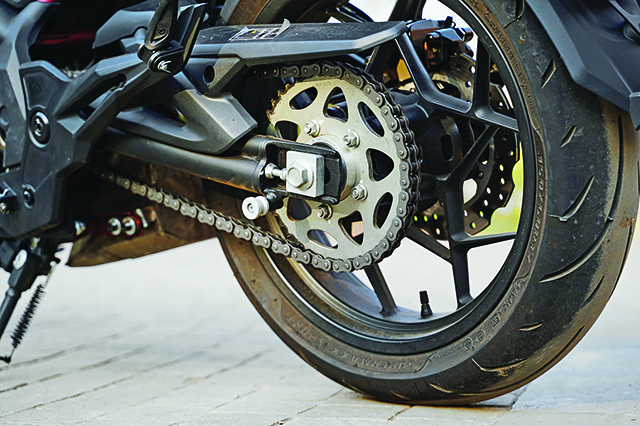
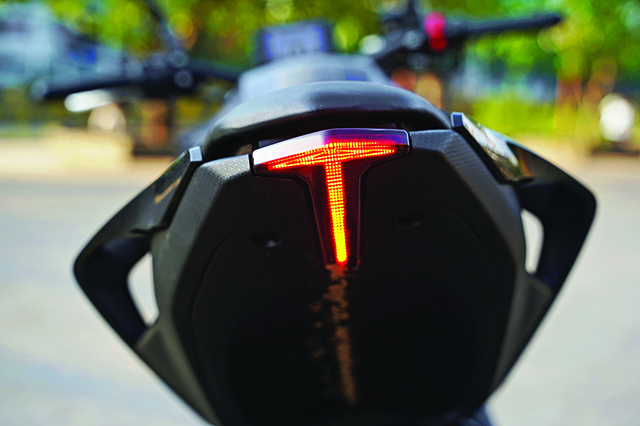
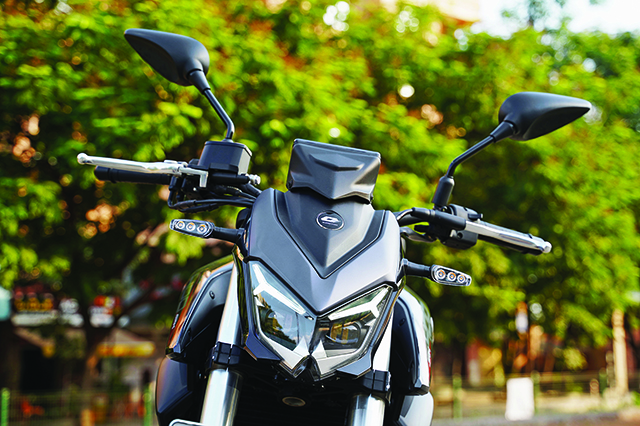
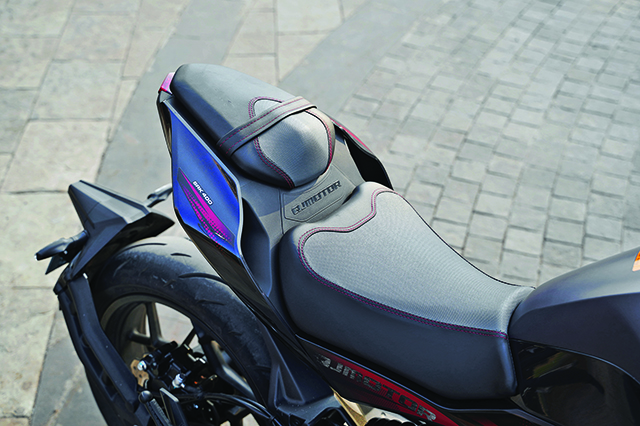
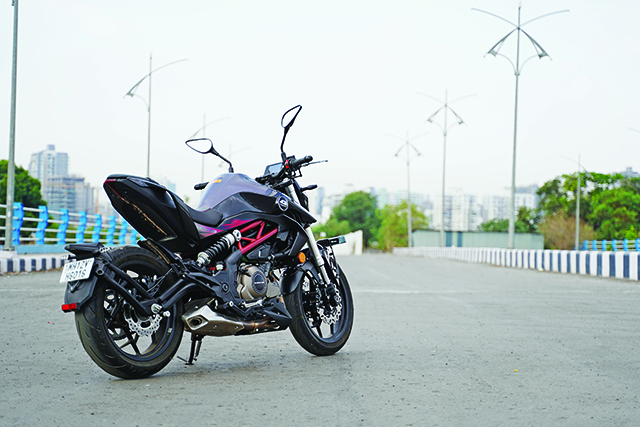

Leave a Reply